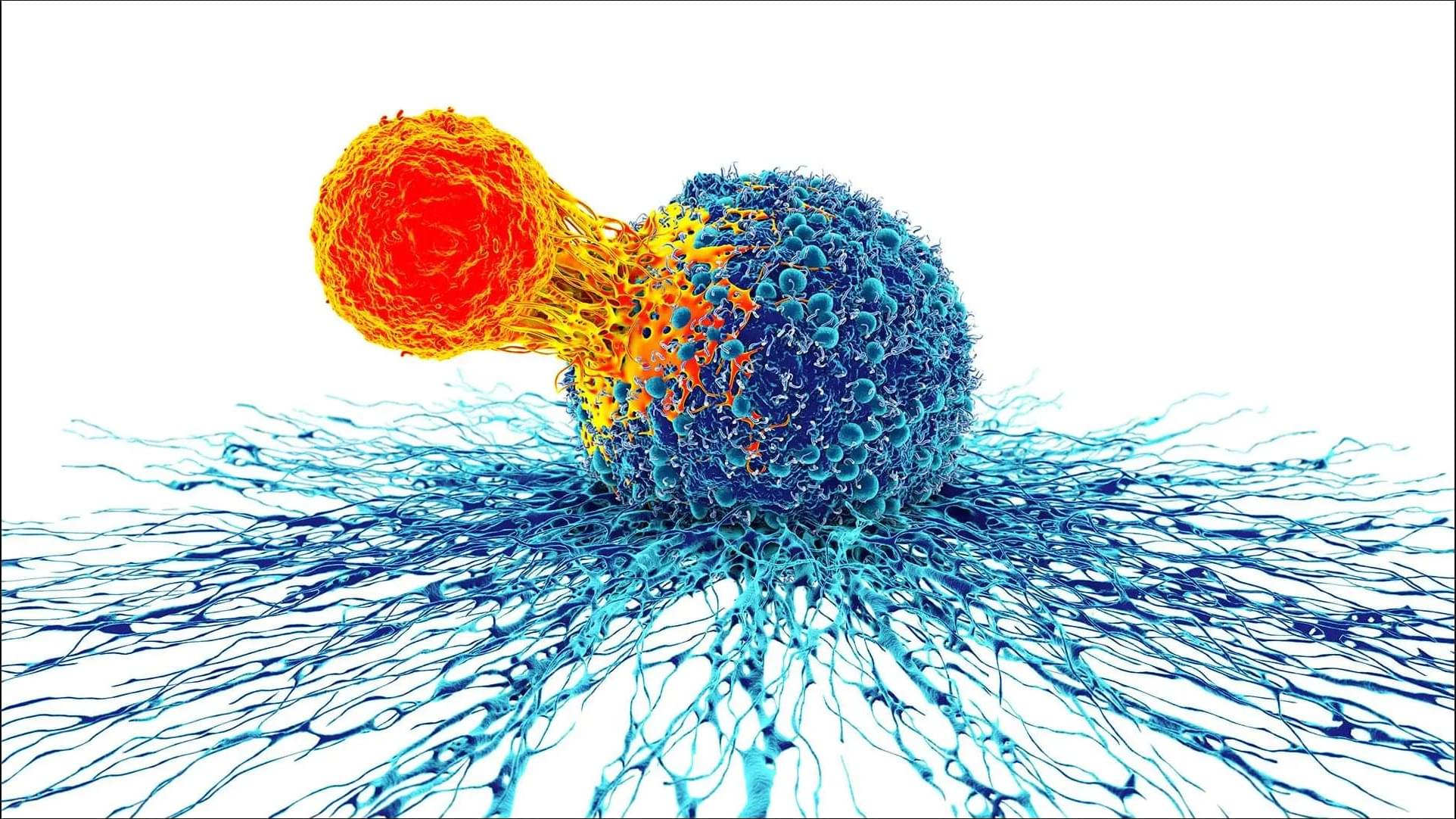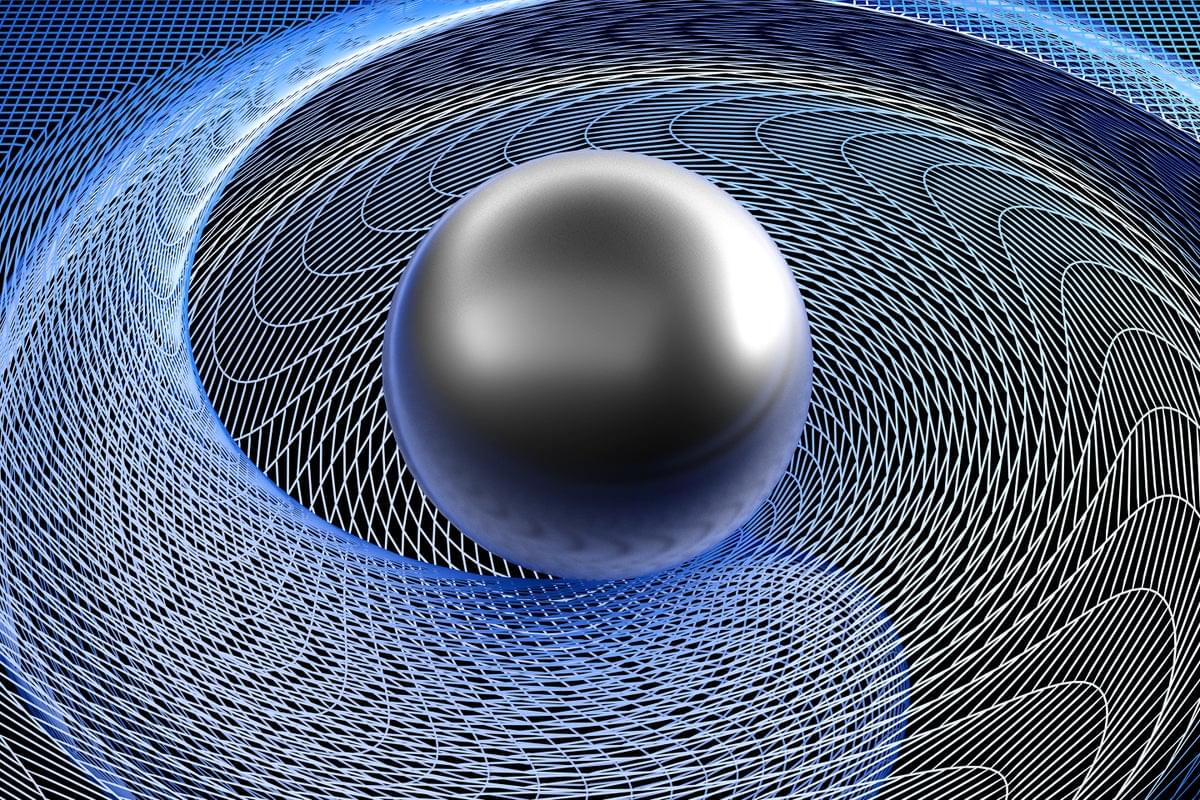“The Ouroboros Code” explores the intersection of science and spirituality through the lens of digital alchemy and self-simulation. Authored by Antonin Tuynman, the book presents a philosophical framework called “The Transcendental Metaphysics of Pancomputational Panpsychism” exploring how consciousness may be the fundamental ground of existence and the universe a self-modifying code. Tuynman investigates topics like the nature of intelligence, the limits of computation, and the possibility of artificial general intelligence. The book draws on concepts from physics, information theory, mathematics, and various spiritual traditions, aiming to bridge the gap between objective and subjective realities. It builds upon the author’s previous works and incorporates insights from various scientists and thinkers. Ultimately, the book seeks to understand how the universe, through a recursive process, generates and experiences itself. *Available as a Kindle eBook, paperback, and Audible audiobook: https://www.amazon.com/Ouroboros-Code?tag=lifeboatfound-20… #SelfSimulation #Pancomputationalism #DigitalPhysics #ComputationalPhysics
Get the latest international news and world events from around the world.


Understanding raw milk’s disease risk — and pasteurization’s importance
Raw milk has made headlines recently for widespread samples containing the virus that causes H5N1, or bird flu, with the U.S. Department of Agriculture launching a program in December to track the virus through milk testing. But bird flu is far from the only disease-causing pathogen lurking in raw milk: Unpasteurized milk can contain bacteria such as E. coli and Listeria, for instance.
New Stanford Medicine research has found that another virus affecting both animals and people — Rift Valley fever virus — can remain active in raw milk samples for roughly as long as someone might want to drink it. Rift Valley fever is an acute viral illness spread to people through mosquitoes or the bodily fluids of infected animals. These findings mirror recent Stanford research showing that flu virus can be infectious in refrigerated raw milk for up to five days.
While Rift Valley fever virus mostly impacts sub-Saharan Africa, these findings have important implications for understanding human disease risk from drinking raw milk, said Brian Dawes, MD, PhD. He is an infectious disease fellow and postdoctoral researcher in Stanford Medicine’s LaBeaud Lab and led the research. Desiree LaBeaud, MD, associate dean of global health, was the senior author. Alina De La Mota-Peynado of the USDA was co-lead author.

Mayo Clinic discovers new role for protein to fight tumors
Mayo Clinic researchers have discovered a new role that a specific protein plays in regulating cell resistance and fighting tumors in certain types of cancer, offering hope for improved cancer therapies and patient outcomes.
The protein, known as NKG7, is found in CD8+ T cells, a type of immune cell that can recognize and kill cancer cells. CD8+ T cell resilience is essential for anti-tumor activity. The protein allows CD8+ T cells to continue killing cancer cells even under stress and can help prevent cancer from growing and spreading.
“We found that patients with invasive bladder cancer who had NKG7-expressing CD8+ T cells within their tumor had superior survival compared to patients without,” says Dan Billadeau, Ph.D., senior author of the study, detailed in Nature Communications. “This discovery holds promise for manipulating CD8+ T cells — for example, CAR-T and tumor-infiltrating lymphocytes (TILs) — to combat cancer.”

Some People Are Immune to a Deadly Disease — Scientists Finally Know Why
A rare genetic disease that ravages some but spares others has baffled researchers — until now.
Researchers found that a genetic variant, HAQ-STING, acts as a shield against COPA Syndrome, a discovery that could lead to life-changing gene therapies. For families long plagued by the disease, the revelation was both an explanation and a beacon of hope.
A breakthrough in understanding COPA syndrome.

Layers of Mental Activities
MIT 6.868J The Society of Mind, Fall 2011
View the complete course: http://ocw.mit.edu/6-868JF11
Instructor: Marvin Minsky.
In this lecture, students discuss Barry Schwartz’s 2000 piece on the psychology of hope. They also look at ethical dilemmas for positive psychology, and who has the right to meddle with top-level goals or induce happiness.
License: Creative Commons BY-NC-SA
More information at http://ocw.mit.edu/terms.
More courses at http://ocw.mit.edu

New AI Method Revolutionizes Urban Green Space Mapping
Dr. Rumi Chunara: “Our system learns to recognize more subtle patterns that distinguish trees from grass, even in challenging urban environments.”
How can artificial intelligence (AI) help improve city planning to account for more green spaces? This is what a recent study published in the ACM Journal on Computing and Sustainable Societies hopes to address as a team of researchers proposed a novel concept using AI with the goal of both monitoring and improving urban green spaces, which are natural public spaces like parks and gardens, and provide a myriad of benefits, including physical and mental health, combating climate change, wildlife habitats, and increased social interaction.
For the study, the researchers developed a method they refer to as “green augmentation”, which uses an AI algorithm to analyze Google Earth satellite images with the goal of improving current AI methods by more accurately identifying green vegetation like grass and trees under various weather and seasonal conditions. For example, current AI methods identify green vegetation with an accuracy and reliability of 63.3 percent and 64 percent, respectively. Using this new method, the researchers successfully identified green vegetation with an accuracy and reliability of 89.4 percent and 90.6 percent, respectively.
“Previous methods relied on simple light wavelength measurements,” said Dr. Rumi Chunara, who is an associate professor of biostatistics at New York University and a co-author on the study. “Our system learns to recognize more subtle patterns that distinguish trees from grass, even in challenging urban environments. This type of data is necessary for urban planners to identify neighborhoods that lack vegetation so they can develop new green spaces that will deliver the most benefits possible. Without accurate mapping, cities cannot address disparities effectively.”

Dr. Gregg Sylvester, MD — Chief Health Officer, CSL Seqirus — Lessening The Severity Of Influenza
Lessening the severity and impact of influenza — dr. gregg C sylvester, MD — chief health officer, CSL seqirus.
Dr. Gregg Sylvester, MD is Chief Health Officer and Vice President, Medical Affairs, at CSL Seqirus (https://www.cslseqirus.us/our-company/leadership/gregg–… one of the world’s largest influenza vaccine companies.
Dr. Sylvester has led CSL Seqirus Medical Affairs since 2016, overseeing the global team that scientifically differentiates company’s vaccines by generating Real World Evidence and presenting CSL Seqirus research to national vaccine recommending organizations.
Dr. Sylvester has extensive experience in the pharmaceutical industry, government and patient care.
Prior to joining CSL Seqirus, Dr. Sylvester led Medical Affairs teams at Pfizer and Merck involved in the worldwide launches of vaccines including Gardasil (Human Papillomavirus Vaccine), Prevnar 13 (Pneumococcal Conjugate Vaccine) and Trumenba (Meningococcal Group B Vaccine).